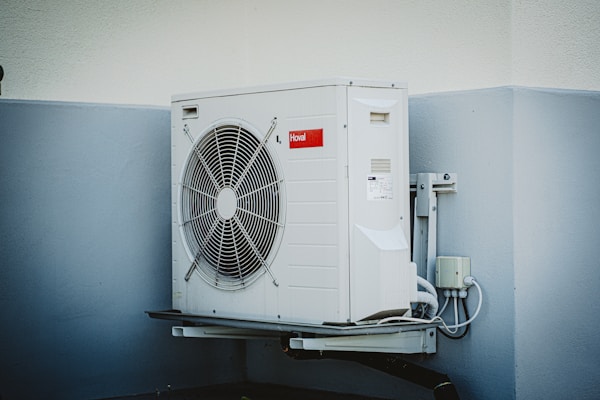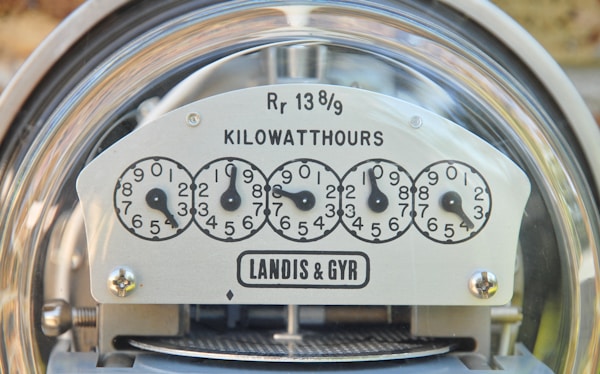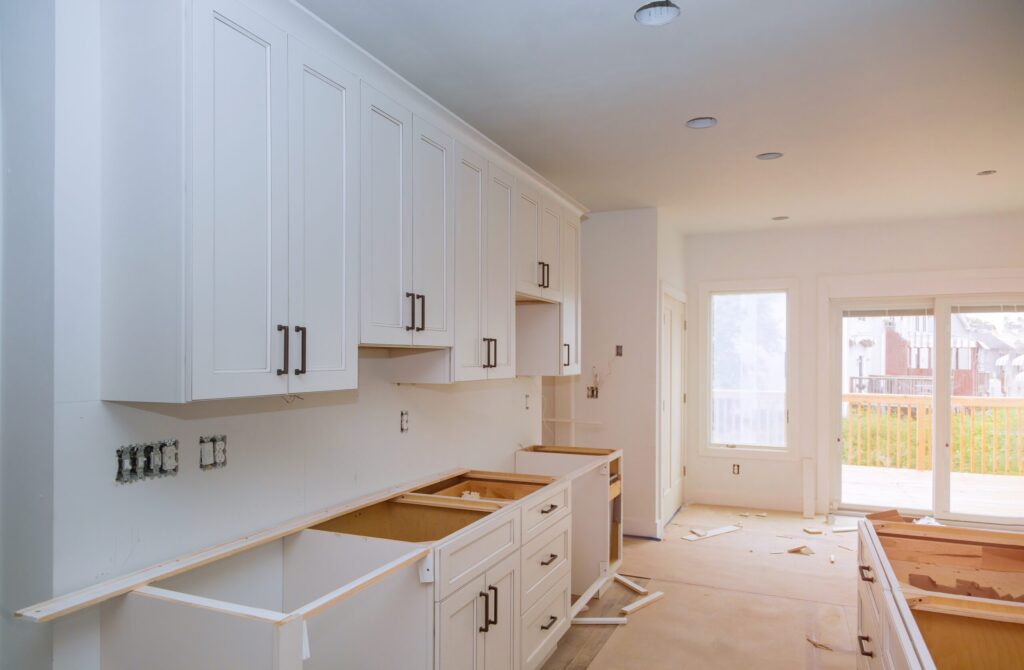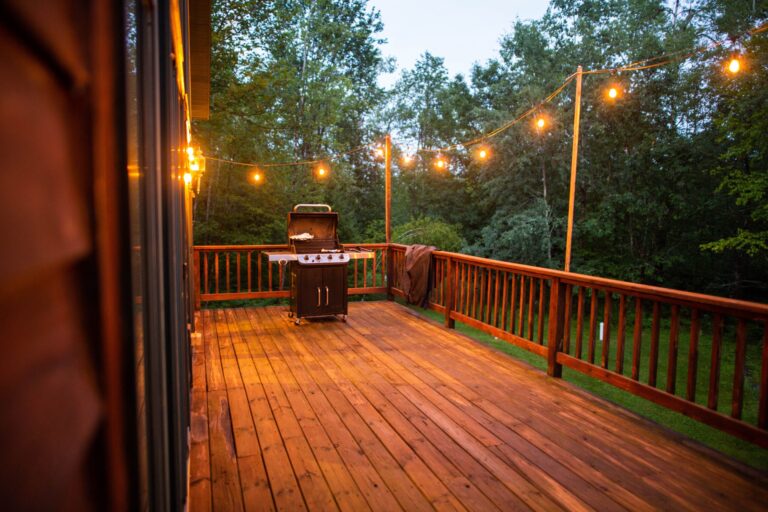Home improvement is a vast and extensive topic, encompassing various techniques, projects, and ideas that can help transform your living space. Whether you’re looking to increase the value of your home or simply enhance its comfort and aesthetics, the options are seemingly endless. In this article, we will explore some fundamental aspects of home improvement that every homeowner should be aware of.
Home Renovation Projects

Home renovation can be a challenging task, especially when it comes to selecting the right projects that will bring the best value to your home. While some home renovation projects may sound attractive and tempting, not all of them may be worth the investment of time and money. Therefore, selecting the right projects is essential to ensure that you get the most value from your renovation.
One of the most important factors to consider when selecting the right projects is to assess the needs of your home. This will help you to prioritize the projects that need to be addressed first based on their urgency and importance. For example, if your home has outdated electrical or plumbing systems, prioritizing these projects will ensure that your home is safe and up-to-date in terms of functionality.
Focusing on high-value projects like bathroom renovations can be a more strategic approach. The bathroom is one of the most frequently used rooms in a home, and it’s also one of the most important factors that potential buyers consider when deciding whether to purchase a home. By investing in a bathroom renovation, you can add a modern and attractive touch to your home, which can significantly increase its resale value. From updating your bathtub to installing modern fixtures and a new vanity, there are numerous things you can do. Depending on where you live, you can search for “Tucson shower replacement,” for example, to find professionals in your area to help with your renovation.
Maintenance and Repair

Regular maintenance and timely repairs are crucial components of any home improvement strategy. Keeping your home in good condition not only ensures its longevity but can also prevent more significant, costly issues down the line. Make a habit of conducting inspections of your home’s various systems, such as plumbing, HVAC, and structural elements, to identify any potential problems early on.
When repairs are necessary, it’s essential to act promptly and enlist the help of professionals if needed. Simple tasks, such as fixing a leaky faucet or patching a small hole in the wall, can be tackled by most homeowners, but more extensive or specialized repairs should be entrusted to skilled professionals. Additionally, regular maintenance tasks like servicing HVAC systems can prolong the life and efficiency of your home’s various components. You can reach out to a company like Cape Fear to help with all of your HVAC needs.
Energy Efficiency and Sustainability

When planning home improvement projects, it’s increasingly important to consider energy efficiency and sustainability. Energy consumption can significantly impact both the environment and your finances, so choosing environmentally-friendly solutions is both responsible and cost-effective. Many homeowners start by improving insulation in their homes, replacing older windows with energy-efficient alternatives, and upgrading to Energy Star appliances.
Another approach to sustainable home improvement is to invest in home systems that utilize renewable energy, such as solar panels. While the initial investment may be substantial, these solutions can save you money in the long run through reduced energy bills and potential government incentives. It’s essential to research your options and consult with professionals to ensure you choose the best solution for your home and location.
Outdoor Living Spaces

When considering home improvements, it’s important not to overlook the potential of your outdoor living spaces. Enhancing your exterior areas, such as adding a patio, deck, or landscaping, can provide additional functionality and comfort to your home while increasing its overall value. Begin by assessing your outdoor space and determining what best suits your needs. This could be anything from a simple seating area to a fully-equipped outdoor kitchen and dining space.
Once your goals are established, consider the design and layout of your outdoor living area. Carefully plan the placement of seating, cooking, and dining areas to create a cohesive and functional space. Choose materials and finishes that complement your home’s existing architecture while also being durable and weather-resistant.
A successful home improvement strategy involves understanding the basics of home renovation, prioritizing energy efficiency and sustainability, investing in your outdoor living spaces, and staying on top of regular maintenance and repairs. By following these principles, you can create a beautiful, comfortable, and valuable home for you and your family to enjoy for years to come.





